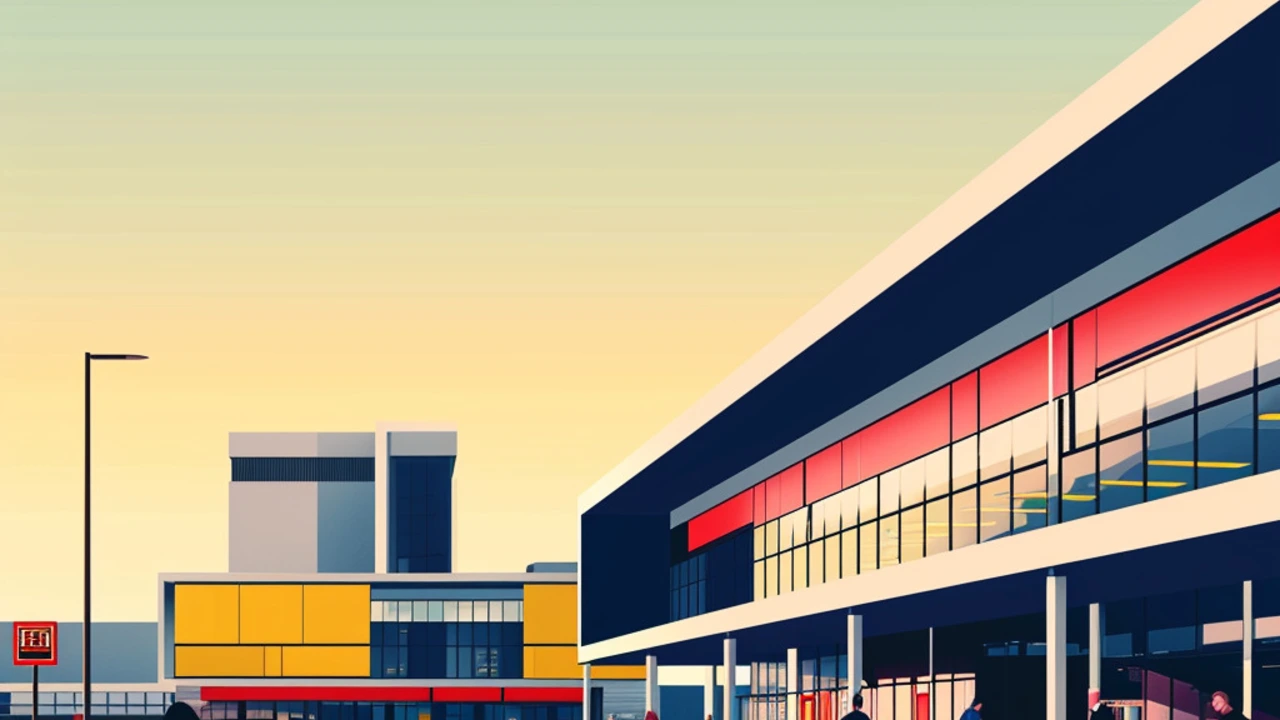Closer Look: In-Depth Art Explorations
Art looks simple until you really study it. The "Closer Look" tag collects focused, practical pieces that explain why a style matters, how artists made it, and what you can use from it in your own work or space. Expect clear how-tos, short histories, and smart examples—no fluff.
What you'll find here
Want to learn a technique fast? We have posts like "Photorealism Art: Techniques, Secrets & History" and roundups of artists you should know. Curious how a movement reshaped design? Read our Bauhaus and Constructivism posts. Interested in public and urban art? Check the Land Art and Futurism pieces for real-world links between art and city life.
Each article breaks down a subject into usable parts: the key idea, a short history, a few signature works, and concrete tips you can try. For example, in the photorealism articles you’ll get step-by-step suggestions on layering and reference use. In the Bauhaus entries you’ll see how to apply its grid and function-first thinking to furniture or web layouts.
We balance big-picture context with hands-on advice. The Harlem Renaissance posts explain cultural impact and point to authors, musicians, and visuals you can explore next. The Installation Art guides explain how scale, materials, and viewer movement change a work’s meaning—and how to approach one in a gallery without getting lost.
How to use these articles
Pick a post that matches your goal. If you want to decorate, read the "Avant-Garde Home Décor" and "Baroque Revival" pieces for concrete styling ideas. If you’re studying, start with overviews like "Cubism" or "Expressionism" then read focused essays about their techniques. If you’re an artist, try a short experiment from our technique posts and document the results.
Use tags as a map. Browse related posts listed at the end of an article to connect movements or compare techniques across eras—like comparing Fluxus performance ideas with contemporary installation strategies. When you hit a term you don’t know, our shorter explainers give quick definitions and examples you can see or try right away.
We keep things practical: names, dates, and a couple of must-see works so you can follow up. You’ll find tips for museum visits, studio exercises, and decorating pointers tied to each style. Most pieces include visual cues to look for—color use, composition tricks, and material choices—so you can spot influences in the wild.
If you want a focused reading path, try this: pick one movement, read its primer, read two related case studies, then try a small project inspired by what you learned. That method turns reading into skill, not just trivia.
Got a topic you want explained clearly? Send a note. "Closer Look" exists to make art easier to see, understand, and use—no pretension, just useful insight.

